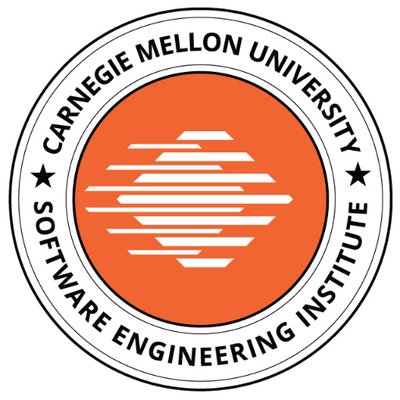CEDR Overview
CEDR is an open-source, compiler-integrated, extensible DSSoC runtime that unifies a front-end compilation flow with a Linux-based runtime and intelligent scheduling framework. Applications are transformed into hardware-agnostic function calls, allowing the runtime to dynamically map tasks to the most suitable processing elements, enabling efficient resource utilization and productive deployment in heterogeneous systems.
Key Features of CEDR
- Scalability: Manages execution of dynamically arriving workloads with interleaved tasks across heterogeneous resources.
- Flexibility: Supports integration of various software-based schedulers through plug-and-play interfaces.
- Portability: Operates across a wide range of Linux-based SoC platforms.
- Abstraction: Provides a hardware-agnostic API model to develop, compile, and deploy applications without platform-specific expertise.
- Interoperability: Integrates with other programming models such as Taskflow, GNURadio, and PyTorch.
Overview Paper
CEDR: A Compiler-integrated, Extensible DSSoC Runtime
ACM Transactions on Embedded Computing Systems
·
24 Jan 2023
·
doi:10.1145/3529257
Collaborative Partners
Academic Partners




Industrial Partners






Research Initiatives



Acknowledgment

We appreciate the continuous and generous support from the AMD University Program, including the donation of FPGA prototyping boards.